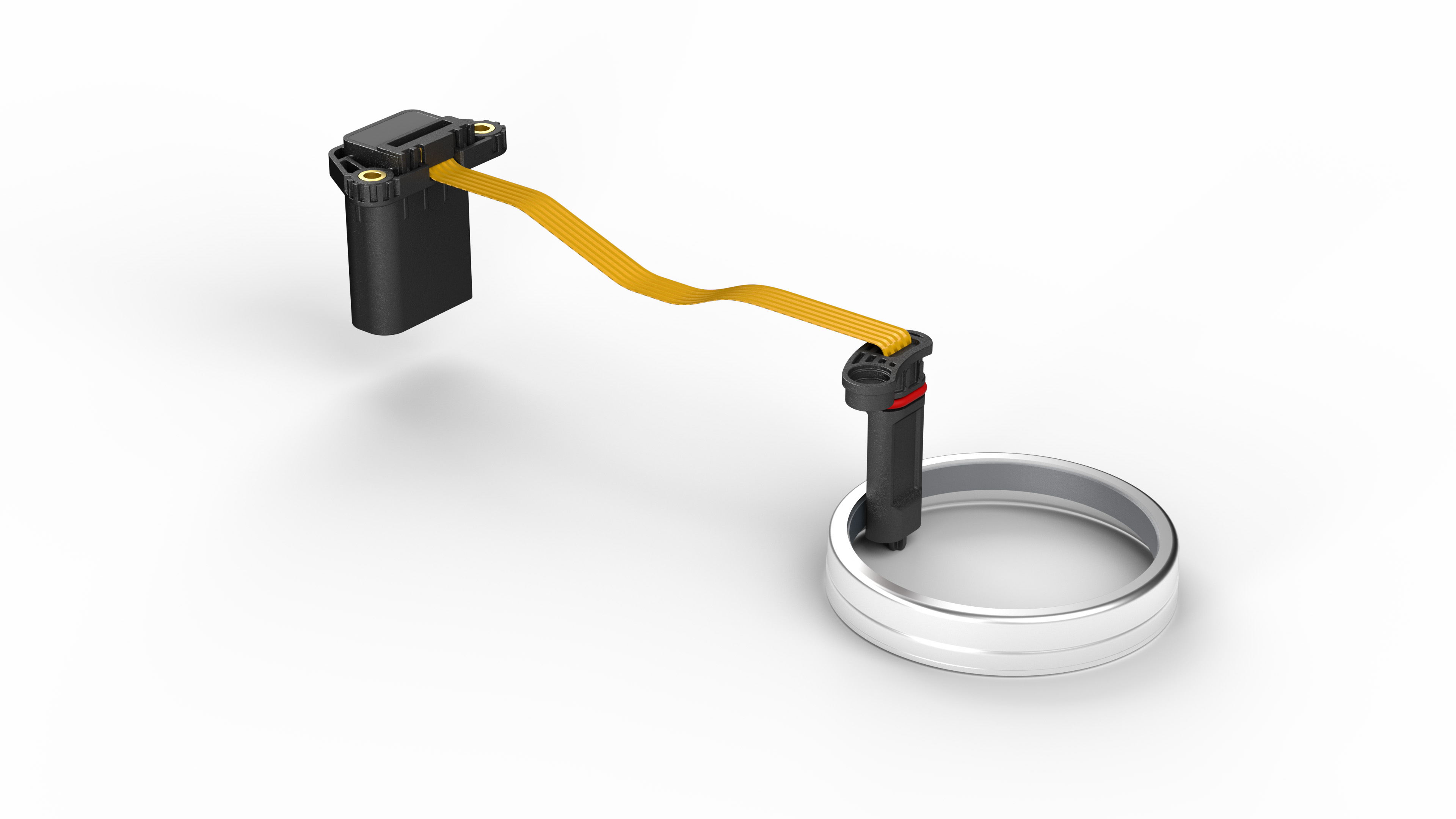Swoboda develops and produces sensors for all manner of systems for electric cars, for 48-volt and high voltage hybrid systems as well as pure electric drives, and leads the way in manufacturing high-precision sensors for these central vehicle systems. Aside from the storage capacity of the battery, the range of an electric vehicle is significantly dependent on the power conversion processes during charging (AC or three-phase AC to DC) and the renewed conversion (DC and three-phase AC) to operate the electric vehicle. To efficiently manage these conversion phases, high-resolution sensors to measure the respective currents are required alongside efficient semiconductors.
Swoboda manufactures these sensors as a stand-alone solution but also integrates them into IGBT/MOSFET modules or busbars. In addition to those purely used for measuring, these sensors are also available in combination with control functions (activating circuit breakers in the event of excess current).
Rotor position sensors (link to synchronous motor)
Another influencing factor for efficiency as well as driving safety is the most precise detection of the position of the electric vehicle rotor shaft possible. A simple speed sensor was generally sufficient for the asynchronous motors frequently used in the past. However, with the synchronous motors being increasingly used, the most precise detection of the angular position of the rotor shaft possible is required – as the name of the drive type suggests – to produce the highest possible synchronization between the magnetic poles of the rotor and the energized poles of the stator. There are various solutions here. Along with the resolvers used for many years or optical sensors, there is a new option to offer cost-effective solutions that are highly optimized for the installation space, primarily with the further development of magnetic and inductive sensors. Swoboda has already been able to successfully launch both of these technologies on the market and therefore has a wide range of solutions for creating the ideal sensor design for each customer's requirements in terms of function and product costs. As well as increasing vehicle efficiency, these sensors make a significant contribution to ensuring safe operation of the electric drives during driving thanks to targeted development in accordance with functional safety aspects (ISO 26262 ASIL-D).
Current sensors
A new generation of current sensors has been developed by Swoboda for a series production order based on many years of experience of designing magnetic sensors. The current sensors serve to regulate inverters or the electrical systems for converting DC to AC voltage, and to protect the drivetrain. Sensors have the additional task of protecting the systems from excess currents. Swoboda offers custom solutions that are integrated into vehicle systems (inverters, on-board chargers, battery management etc.), as well as stand-alone systems for wiring fuse protection. From the start, the sensors are developed and fused in accordance with functional safety criteria – in most cases, according to the highest ASIL-D classification.
“We are proud to be counted among the leading automotive sensor manufacturers in a wide field of diverse applications”, explains Christian Göser, Member of the Board at Swoboda. “We have been further developing sensor technology with our international customers for many years. Our expertise and high standard of quality, as well as the ability to produce in large quantities, make us a suitable partner for leading manufacturers”.

